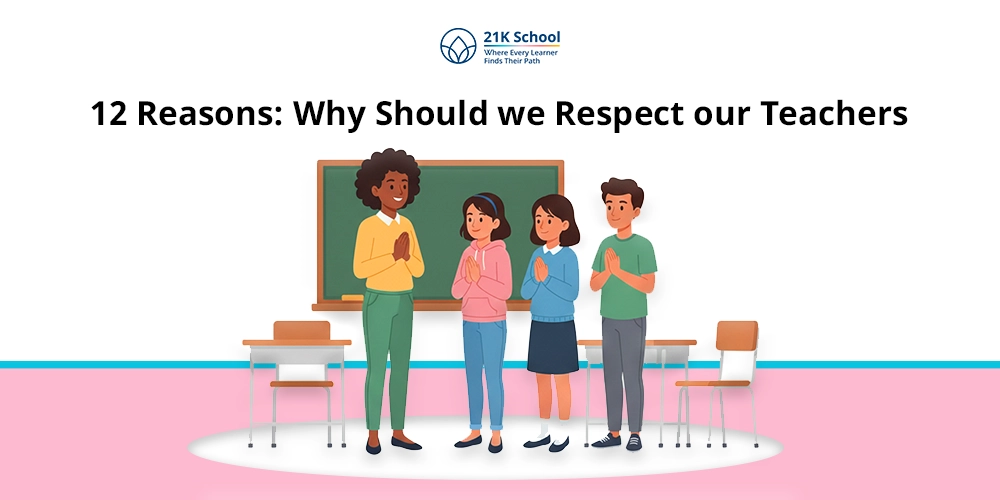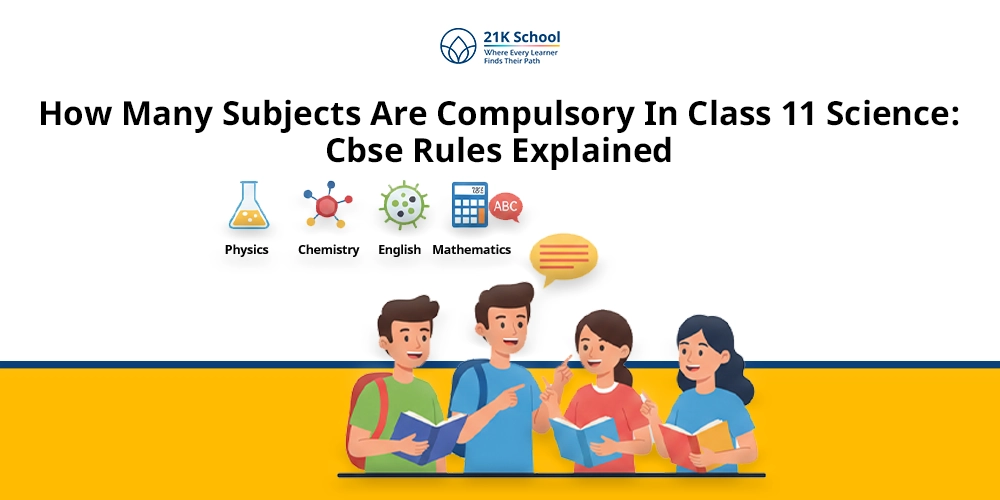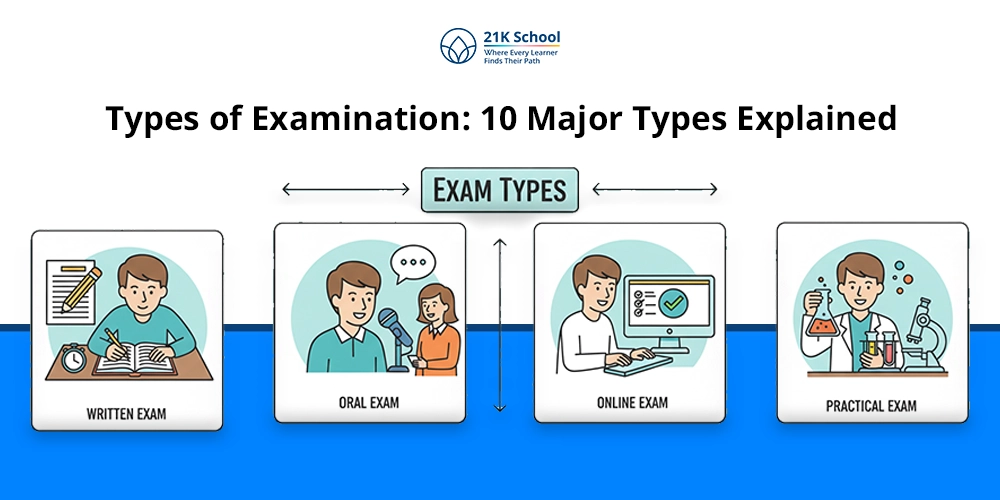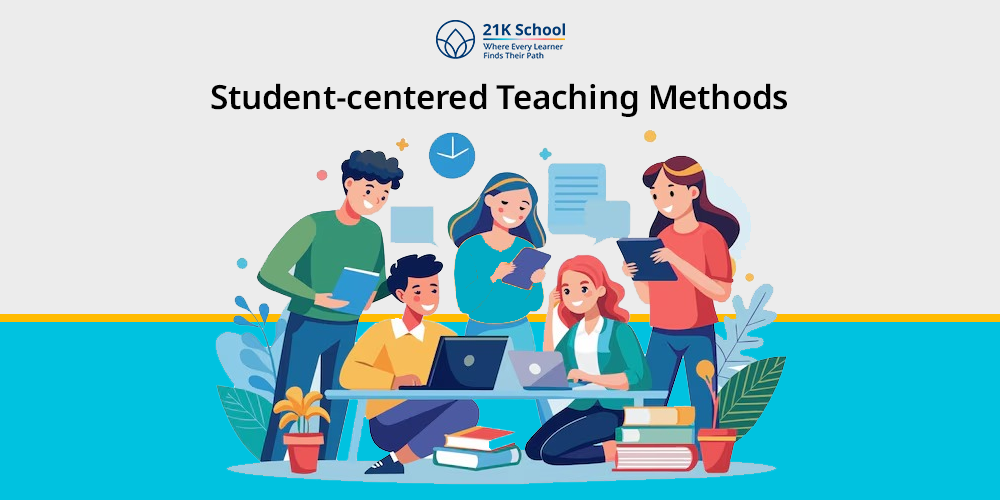
In the 21st century, it’s been clear that students learning with their own styles and pace are set to hold the best to hold and grow knowledge.
This sudden shift has great meanings even in the role that teachers play in teaching learners.
Student-centered learning is more occupied with transactional learning from both sides (teacher-student partnership ). It gives children the authority to choose their lessons and modes of education .
Which is why we will here discuss some methods of teaching in student-centered learning and what it truly means.
Contents
- What is Student-Centered Learning?
- 18 Student-Centered Teaching Methods
- 1. Project-Based Learning
- 2. Active learning
- 3. Encourage Collaboration
- 4. Interactive Presentations
- 5. Inquiry-Based Learning
- 6. Cooperative Learning/Group Work
- 7. Flipped Classroom
- 8. Differentiated Instruction
- 9. Peer Teaching
- 10. Choice-Based Learning
- 11. Problem-Based Learning
- 12. Experiential Learning
- 13. Socratic Seminars
- 14. Learning Stations
- 15. Reflective Journaling
- 16. Gamification
- 17. Student-Led Conferences
- 18. Diverse Assessments
- To Conclude All
What is Student-Centered Learning?
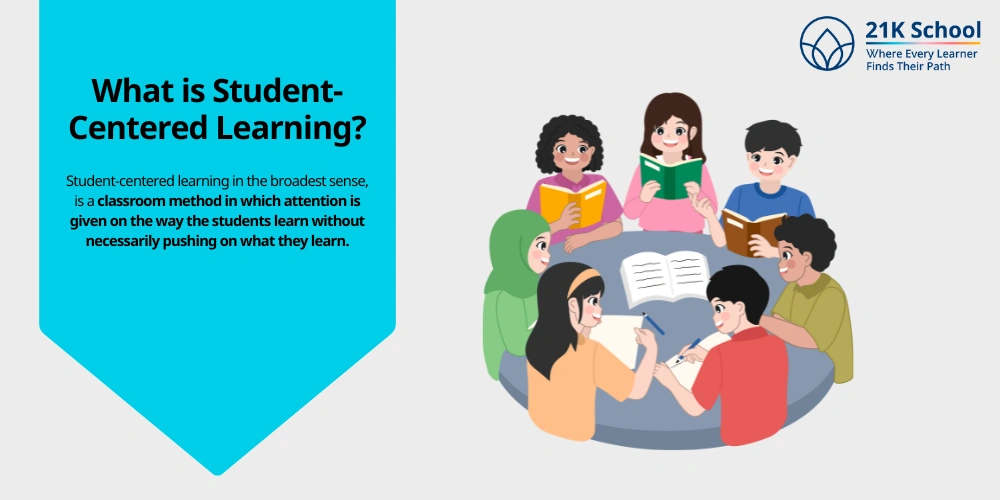
Student-centered learning in the broadest sense, is a classroom method in which attention is given on the way the students learn without necessarily pushing on what they learn.
When they are allowed to select their own educational ways through peer learning , group projects, and active participation, learners are seen to reach heights.
Teachers are mostly playing a secondary role but students are the centre of education giving and planning.
Principles of Student-Centered Learning
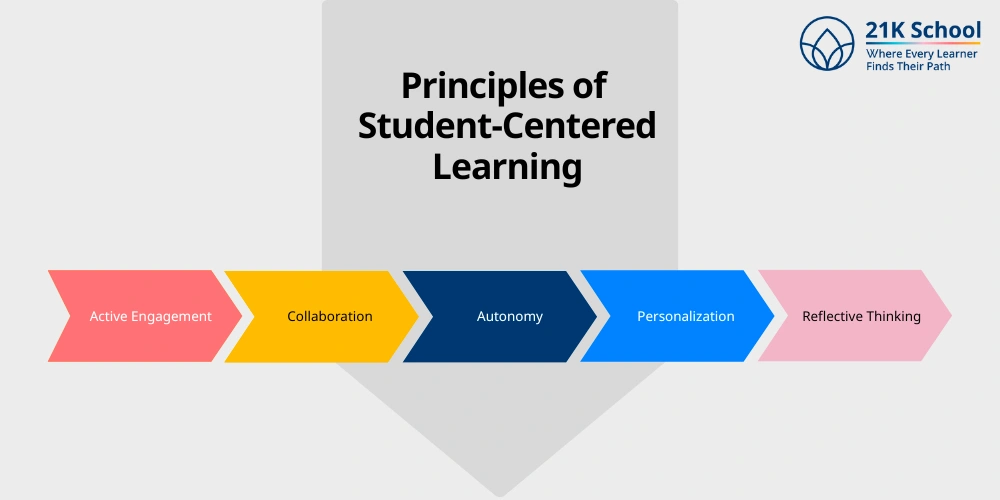
The deeper concepts on which students might get their learning advanced as student-centered learning are as:
- Active Engagement
- Collaboration
- Autonomy
- Personalization
- Reflective Thinking
18 Student-Centered Teaching Methods
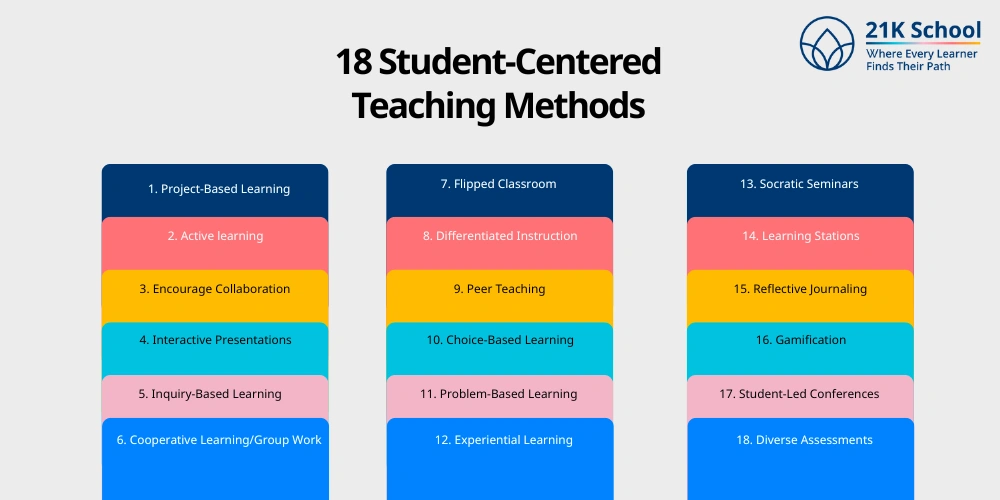
The present days seem to be focused on cultivating independent forms of learning with the utilization of student-centered teaching methods. Here are some of them.
1. Project-Based Learning

Project-Based Learning (PBL) is just all about the solving of real issues and this helps make the learning feel real.
The students might simply be given a series of homework projects which involve indulging into real world issues.
You can consider it as a sort of mini-research project that would put all of what they have learned together in a practical manner.
2. Active learning
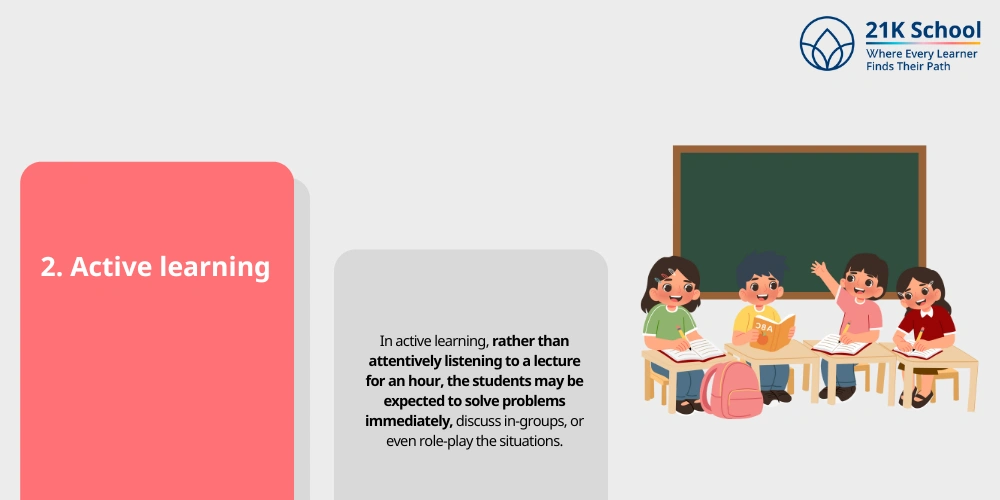
In active learning, rather than attentively listening to a lecture for an hour, the students may be expected to solve problems immediately, discuss in-groups, or even role-play the situations.
Thinking, analyzing, and interacting with a controversial event in history. You might assign it as part of the history course and make them debate on it (taking the roles of various historical characters).
3. Encourage Collaboration
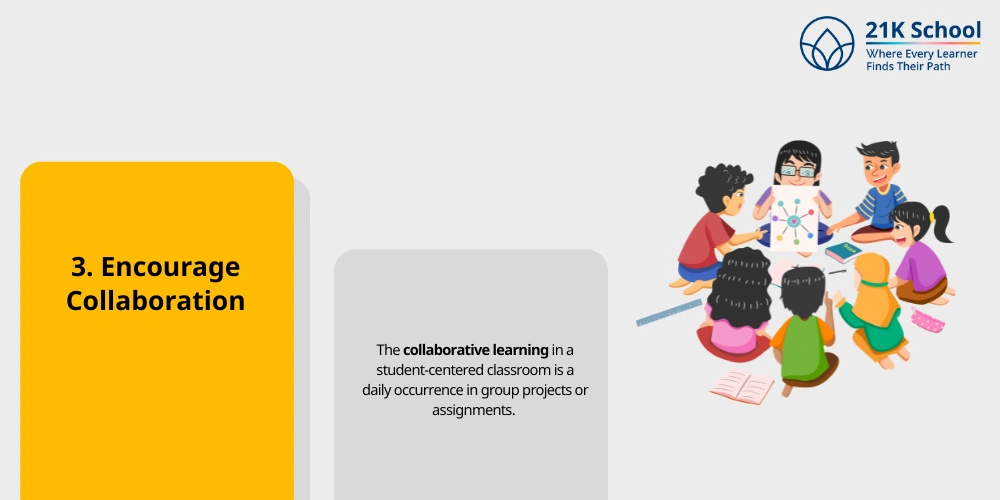
The collaborative learning in a student-centered classroom is a daily occurrence in group projects or assignments.
Students can be supportive of other students and exchange insights and learn with others.
The more the students cooperate within their groups, the more they will learn because of the ways their peers can value their points of view.
4. Interactive Presentations
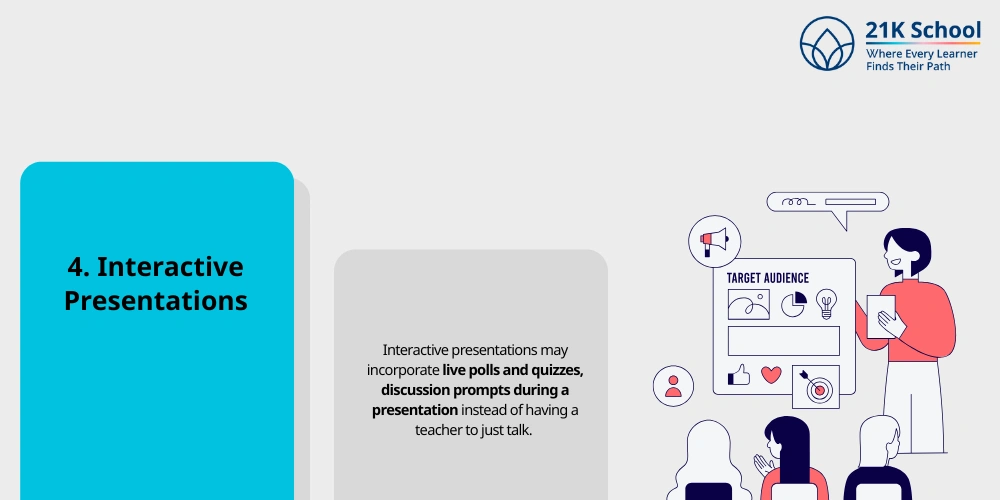
Interactive presentations may incorporate live polls and quizzes, discussion prompts during a presentation instead of having a teacher to just talk.
Suppose you are a science teacher and you are teaching climatic change. You may ask the students to vote on the worst problem you can in their minds or they can brainstorm out of a problem on the spot.
It prevents them from passive thinking.
5. Inquiry-Based Learning
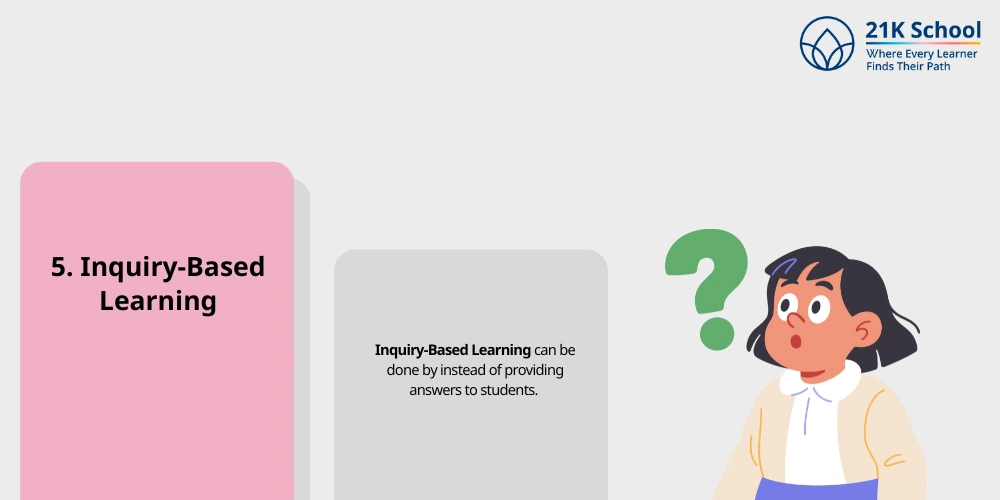
Inquiry-Based Learning can be done by instead of providing answers to students.
You do provide them with the resources to ask the right questions and dig for answers to the same.
It is sort of like leaving them with the driver’s seat and letting them take control of the learning process which, to be frank, is far more empowering.
6. Cooperative Learning/Group Work
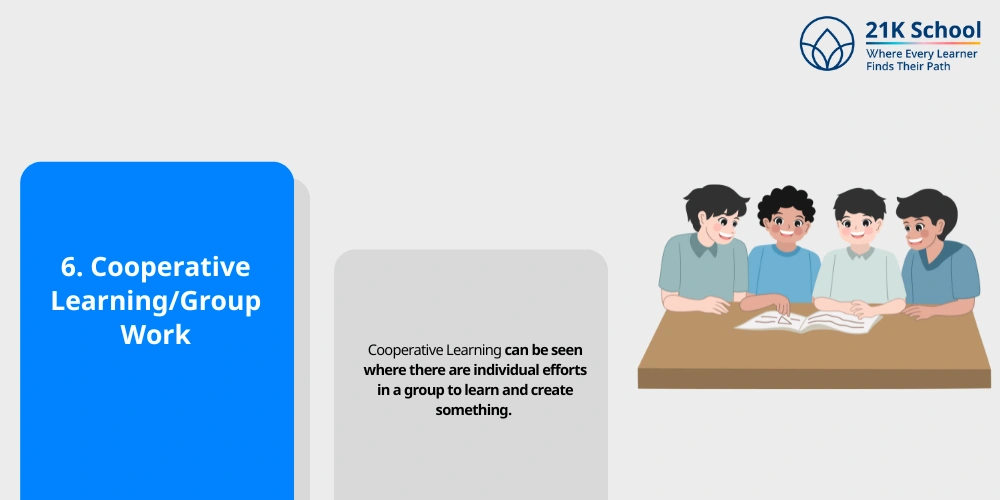
Cooperative Learning can be seen where there are individual efforts in a group to learn and create something.
I believe it would be easier if I give you an example of cooperative learning. In a class, children are given to prepare a science model where each part has unique use.
Now, each young learner prepares their own part thoroughly and presents them as a group while giving independence to learn.
7. Flipped Classroom
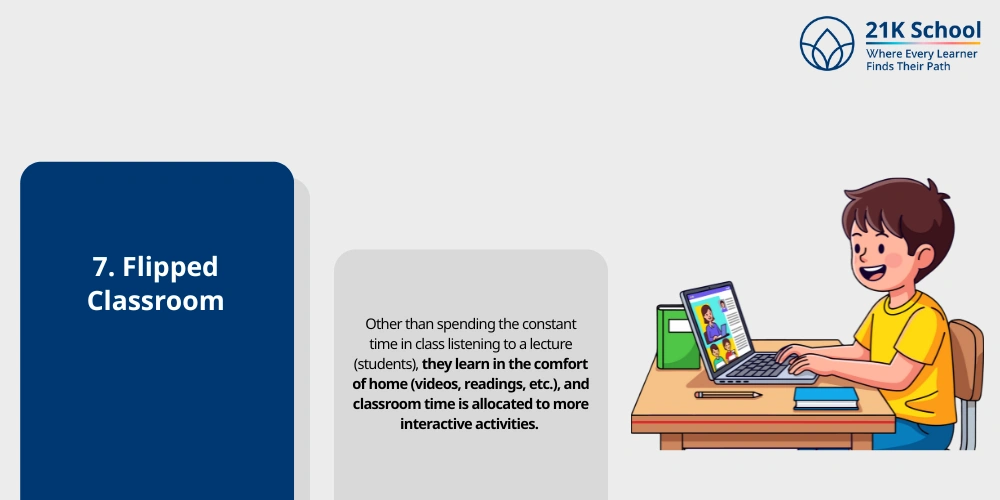
Other than spending the constant time in class listening to a lecture (students), they learn in the comfort of home (videos, readings, etc.), and classroom time is allocated to more interactive activities.
Flipped classrooms offer you the possibility to dive directly into the discussions, activities, or problem-solving as early as they are in the classroom.
8. Differentiated Instruction
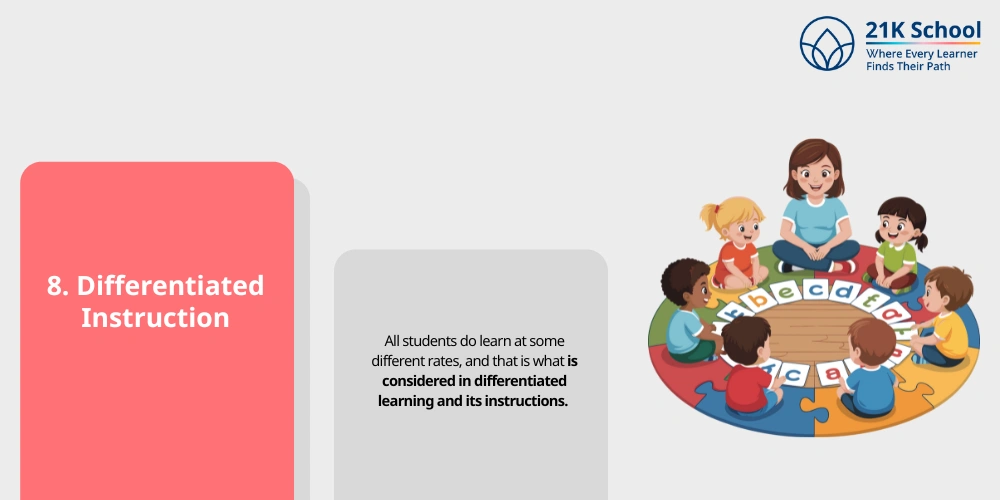
All students do learn at some different rates, and that is what is considered in differentiated learning and its instructions.
Teachers could modify the content, the level of pace or format of the work to the abilities of different students. This is how it works.
Demand that they all learn at the same pace is denied and supposed to come to students on their level.
9. Peer Teaching
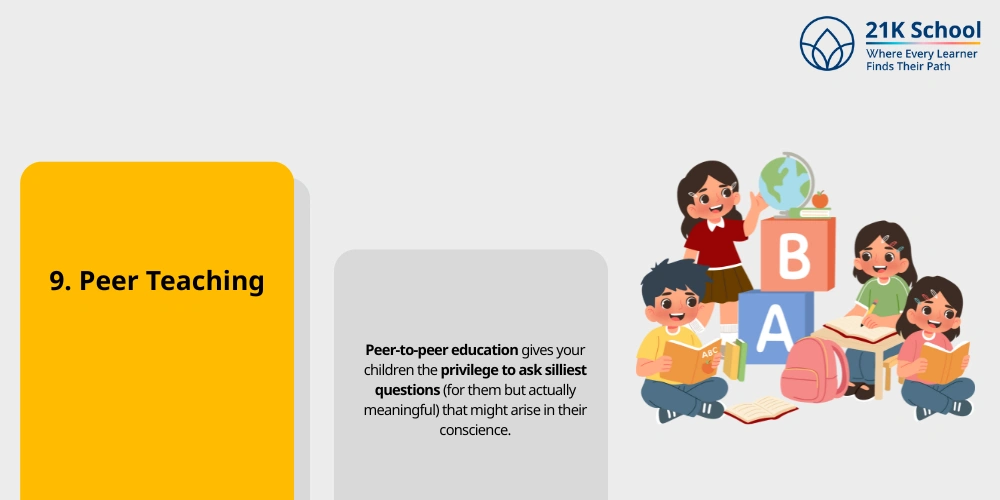
We all know that peer teaching is one of the best substitutes for teaching by teachers.
Peer-to-peer education gives your children the privilege to ask silliest questions (for them but actually meaningful) that might arise in their conscience.
Through these practices they learn more and grow into successful persons.
10. Choice-Based Learning
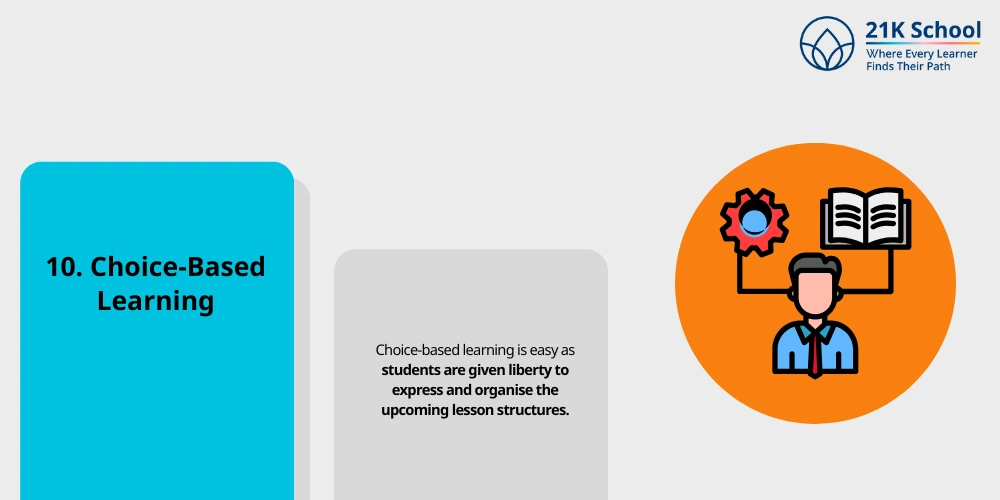
Choice-based learning is easy as students are given liberty to express and organise the upcoming lesson structures.
In an English school lesson, the learners can be allowed to decide on what book they desire to read and find what they learnt and how it could be useful for their successful steps in career.
It is with this independence that there is a recent increase in inspiration and interest in the content.
11. Problem-Based Learning
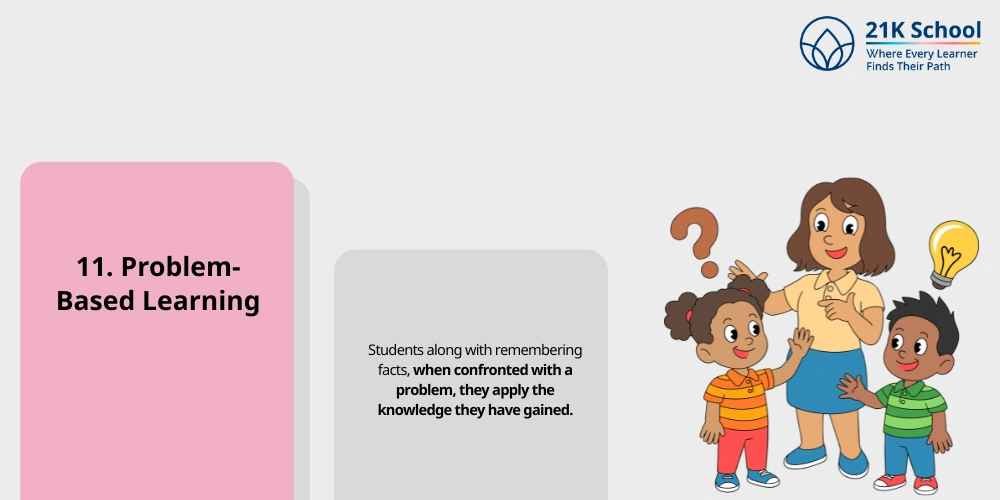
Students along with remembering facts, when confronted with a problem, they apply the knowledge they have gained.
Problem-Based Learning (PBL) also challenges students to work on real world issues and that implies that the learner must put into practical real use what he has learned and in a meaningful way.
12. Experiential Learning
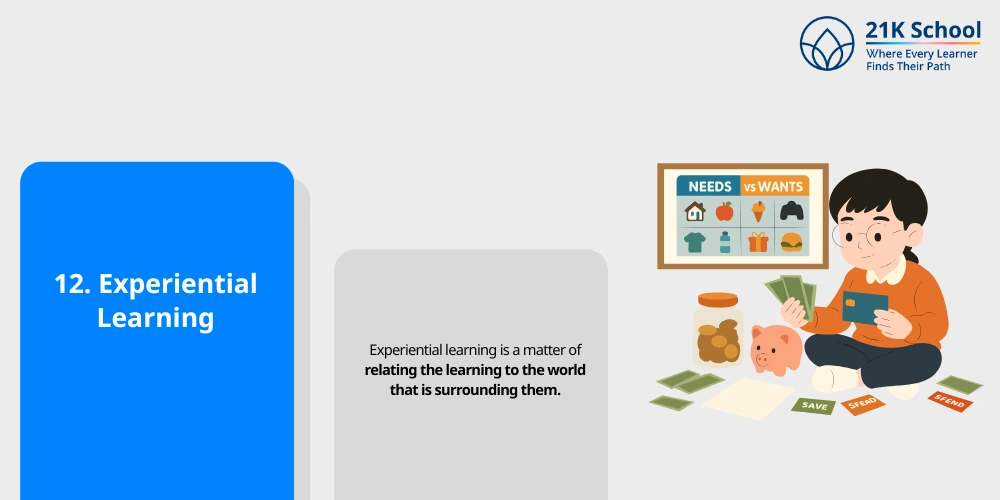
Experiential learning is a matter of relating the learning to the world that is surrounding them.
It can also prove to be very memorable when compared to the benefits of reading books .
Experience based learning revolves around learning with experience because experience can be carried out in the form of field trip, internship or simulation.
13. Socratic Seminars
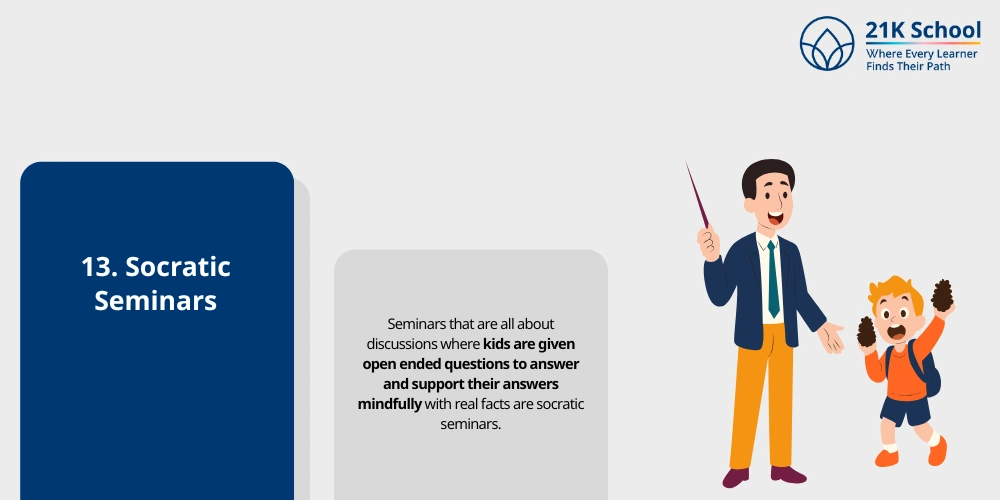
Seminars that are all about discussions where kids are given open ended questions to answer and support their answers mindfully with real facts are socratic seminars.
These types of teaching methods are developing great student leadership qualities and teaching them to perform well in real life.
14. Learning Stations
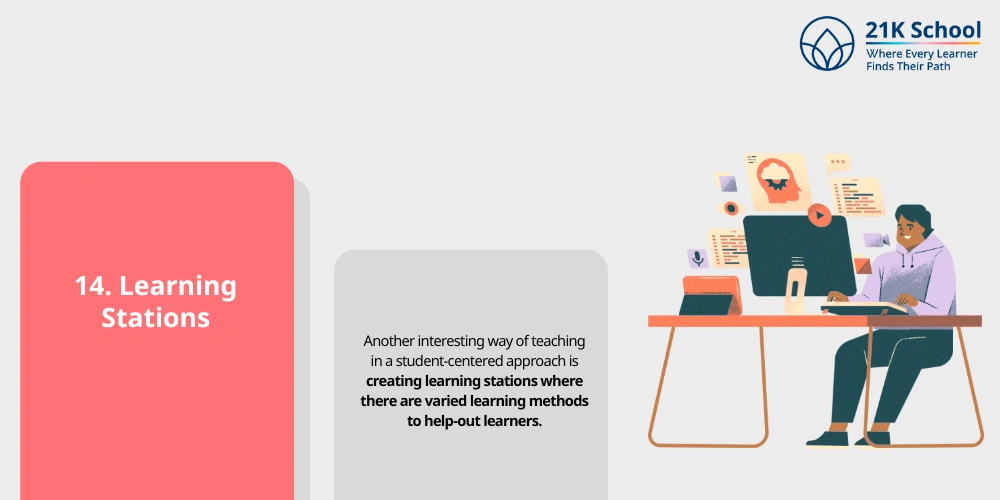
Another interesting way of teaching in a student-centered approach is creating learning stations where there are varied learning methods to help-out learners.
These stations can vary as you-tube video learning, textual grasping, or discussion as in debates.
15. Reflective Journaling
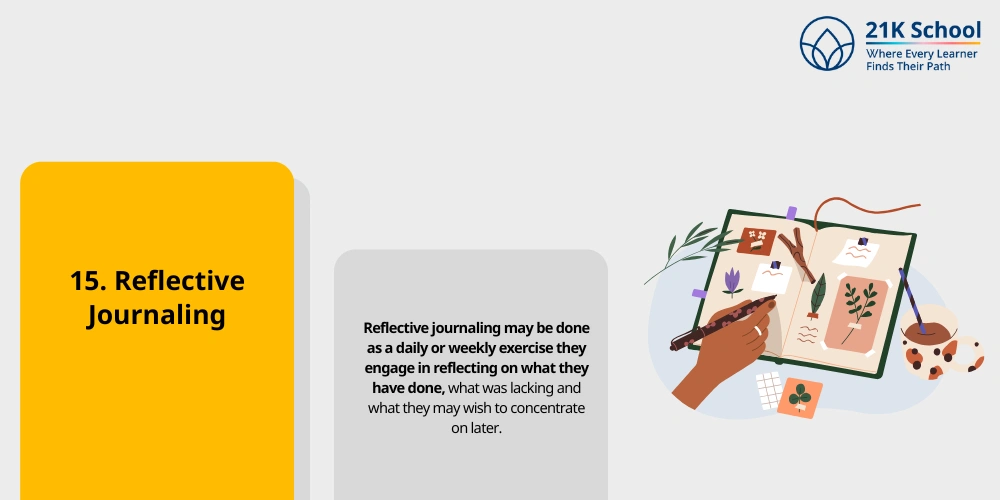
Reflective journaling may be done as a daily or weekly exercise they engage in reflecting on what they have done, what was lacking and what they may wish to concentrate on later.
It also provides the students with the room to reflect on what they have learned and how they have developed through critical analysis and writing.
16. Gamification

To add game-based aspects in learning, gamification in education adds in points, badges, leader boards and challenges.
Through this, you get an entertaining way of engaging the learners and making the process more interactive.
In an English class, a vocabulary game is played and students with right answers get extra points having a sense of competition which is healthy.
17. Student-Led Conferences

Have you really heard of something like student-led conferences?
I was amazed that learners are given freedom and responsibility both to curate their syllabus and mode of learning and then discuss all of it with their parents and educators in conferences.
They share with their parents about their own learning experience, and goals achieved.
18. Diverse Assessments

Diverse assessments are for your diverse learners and their very personalized action plans towards learning.
It becomes a necessity to test young masters to see what they have learnt and in which forms.
To Conclude All
In today’s world, one of the most advised methods for your kid’s learning, would be this student-centered teaching method.
This is the method that promotes independence and confidence-building of small children in their primary age.
We hope that your classroom’s results and outcomes would be more positive when you would apply these techniques to prepare for 21st century skills in students
.

